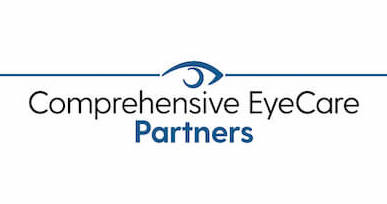Chronic open-angle glaucoma:
This is the most common glaucoma. It occurs as a result of aging. The “drainpipe,” or drainage angle of the eye, becomes less efficient with time, and pressure within the eye gradually increases. If this increased pressure results in optic nerve damage, it is known as chronic open-angle glaucoma. Over 90% of adult glaucoma patients have this type of glaucoma. Chronic open-angle glaucoma can damage vision so gradually and painlessly that you are not aware of trouble until the optic nerve is already badly damaged.
Angle-closure glaucoma:
Sometimes the drainage angle of the eye may become completely blocked. It is as though a sheet of paper floating near a drain suddenly drops over the opening and blocks the flow out of the sink. In the eye, the iris may act like the sheet of paper closing off the drainage angle. When eye pressure builds up rapidly, it is called acute angle-closure glaucoma.
Symptoms of Glaucoma

- Blurred vision
- Severe eye pain
- Headache
- Rainbow halos around lights
- Nausea and vomiting
If you have any of these symptoms, call your ophthalmologist immediately. Unless an ophthalmologist treats acute angle-closure glaucoma quickly, blindness can result. More gradual and painless closing of the angle is called chronic angle-closure glaucoma. It occurs more frequently in people of African and Asian ancestry.


